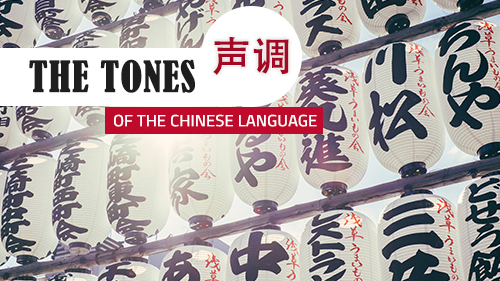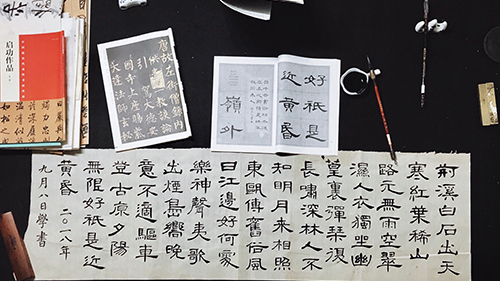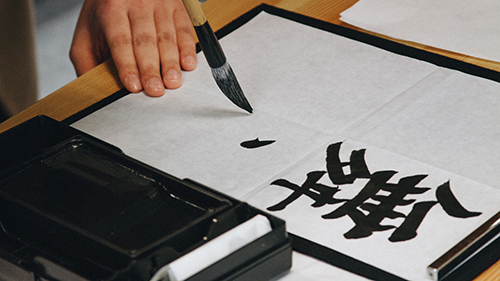Lessons
When I started studying Chinese at an evening course in 2011, it was love at first sight. Once the course ended, even if I was told that it would have been almost impossible, I continued to study it on my own buying several textbooks, watching tons of tv series in original language and keeping in touch with native guys through socials and letters, that gave a huge boost to my proficiency level of Chinese.
In this section I want to offer some lessons about linguistic and grammatical aspects of the Chinese language, hoping to arouse your curiosity and get you to become interested in this wonderful language.
-
The tones: the exceptions

After talking about the five tones of the Chinese language in the previous lesson, it is important to clarify that there are some exceptions to the rule. These are, mostly, related to the third tone, that: When it is followed by a 1st, a 2nd or a 4th tone, it is pronounced as a half third tone (hence, only the low, falling tone is heard) while the following tones remain the same When it is followed by a 3rd tone, it is pronounced as a second tone.
-
The tones

As I mentioned before in the lessons Chinese is not Japanese and The importance of learning Chinese characters, Chinese is a tonal language. This means that each word is pronounced with a different tone, which is extremely important to distinguish different meanings in case of words pronounced with the same syllable. The tone is the height of the sound emission of the vowel or the vocalic group of the syllable.
-
The importance of learning Chinese characters

Anyone who decides to study Chinese has a tendency, at least at the beginning, to focus on the phonetic transcription, known as pinyin, rather than on the characters themselves. This is quite understandable given the struggling a beginner encounters in trying to associate each character to its sound. However, it is important to try to manage without the pinyin as soon as possible and understand that characters are essential in a language like Chinese.
-
The evolution of Chinese writing

At first sight, Chinese script looks like a series of stylised drawings written in an imaginary square and, in fact, that’s exactly here where its origin lies: pictograms representing the real world. The earliest traces of this particular writing system date back to the Shang dynasty period (between the 14th and the 11th Century B.C), when pictograms were engraved on bones and turtle shells, for divination purposes. These ones, along with the inscriptions on bronzes, dating from the end of the Shang dynasty and the beginning of the Zhou dynasty, represent the oldest form of this language.
-
Chinese is not Japanese

When I say that I study Chinese, I am asked right away a series of questions, that, generally, are always very similar to each other. “Do you study Chinese? So tell me something in Chinese!” “And how is my name said in Chinese?” “But Chinese and Japanese are alike, right? Ok, I confess that I had had some trouble as well in identifying one from the other when I was inexperienced, but let’s clarify the matter: Chinese is not Japanese and they differ in many aspects.